Redefining luxury in a new era of brand experience
It’s time to tear up the luxury rulebook and redefine outdated experience codes for a new generation who value 'being' over buying.


It’s time to tear up the luxury rulebook and redefine outdated experience codes for a new generation who value 'being' over buying.


How do we define luxury today? It’s a subjective and rapidly evolving concept - it means something different to all of us. Once characterised by exclusivity, price, craftsmanship and shared symbols of wealth and success, notions of luxury are now more dynamic and far harder to pin down. Social media has cut through the carefully-crafted mystique and fuelled a widespread democratisation of the sector, offering behind-the-scenes access and a two-way dialogue with brands that were previously tantalisingly out of reach.
“The paradigm is shifting from exclusivity to inclusivity: once a form of de facto elitism, luxury today is more democratic. While it still comes at a cost, that cost is now more closely aligned with knowledge and access as opposed to cold, hard cash” Highsnobiety 2018.
The luxury sector is not immune to fundamental shifts in consumer values, principally the pursuit of knowledge, wellbeing, and self-actualisation over material goods in the experience and latterly transformation economies. In a 2018 study of Gen Y and Z luxury consumers conducted by Highsnobiety, only 6% state that they purchase products as a direct expression of wealth and 85% believe that what their clothes represent is just as important as their quality or design. By contrast, old luxury habits now seem outdated, superficial and wasteful. In essence, it’s about being, not buying.
“New luxury isn’t just about what you wear, it's about what you know. The luxury consumer is looking to brands to help unlock their inner genius… to be the hero of their own story, to feel exceptional, individual.” Stylus 2017
The global Covid-19 pandemic will only accelerate this shift - the luxury sector has been hit particularly hard by the global lockdown. Who can say what the impact long term will be - perhaps we’ll see a celebratory splurge when rules are relaxed, or more likely, a reappraisal of priorities and consumption behaviours, mindful of the precious freedoms, family and friends sorely missed over lockdown.
At D&P we’ve long been part of a disruptive retail revolution, a transformational shift towards customer-centricity and purpose-led experience, fuelled by new consumer expectations, start-up culture and intense global competition. For us, brand experience is everything that connects a brand with its consumer. Using our unique 6Ps approach, we've helped brands to engage, delight and serve across the 6 pillars of their business - Purpose, Personality, People, Place, Process and Product.
You could argue that luxury has always been about experience - access to exclusive events, white-gloved service, customisation while you wait, and extravagant gift wrapping. These and others like them have become the luxury codes and rituals repeated in one form or another across the spectrum of high-end brands for decades. Therein lies the problem: a homogenised sector with an experience model which has lost touch with what matters to its consumers.
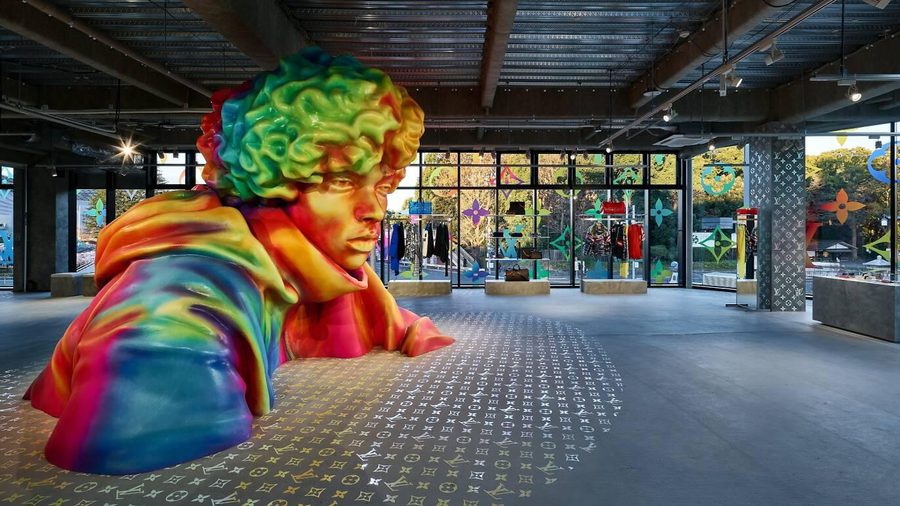
The luxury sector is something of a paradox - simultaneously being early adopters and champions of creativity, talent and innovation, whilst also being made up of some of the most traditional and conservative brands relying on entrenched luxury codes.
By 2025, 45% of the luxury market will be made up of Millennials and Gen Z. These principled and purpose-driven consumers are turning their backs on traditional tribal consumer behaviour, with a preference for signalling and optimising ‘me’. This emerging generation of luxury consumer has fuelled one of the defining trends in the last decade - a widespread casualisation of the luxury sector, most conspicuously in the world of fashion. Young creative talent from streetwear brands bring cool by association, none more so than Louis Vuitton’s Artistic Director Virgil Abloh, who has driven a revitalisation of the brand and genuine innovation in the overall customer experience. But where LV has led, others have followed, resulting in a cookie-cutter homogenisation of the sector.
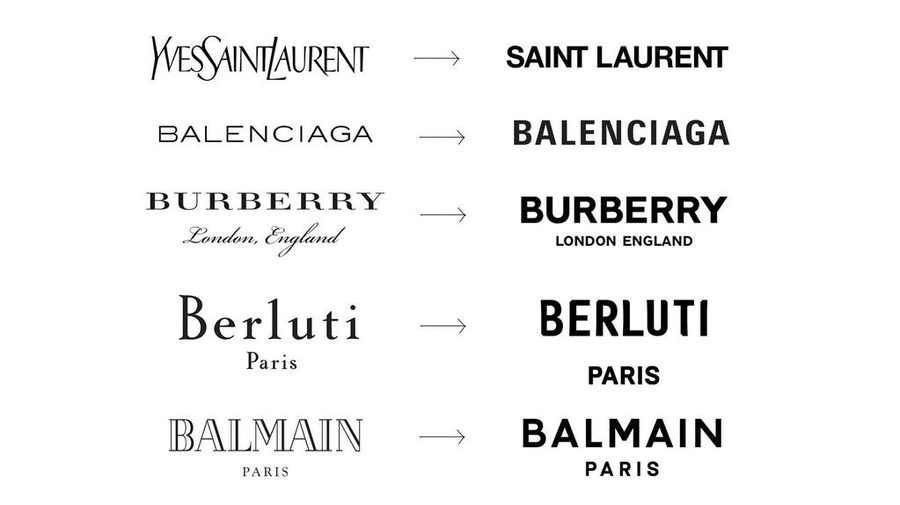
What this brings to light is a sector preoccupied with the zeitgeist, and brands wary of polarising for fear of alienating their customers. This is exacerbated by the allure of growth in developing markets where notions of luxury tend to be more static and traditional. Another celebrity endorsement? Go on then. More marble? Yes, please.
Luxury brands are masters of cultivating brand image and highly evolved storytelling, but what we see is essentially a marketing approach - a surface veneer applied across touchpoints and channels, not true brand experience. Can you name more than one purpose-led luxury brand amongst the major players of the LVMH or Kering groups?
It’s time to tear up the luxury rulebook and redefine outdated experience codes for a new generation of values-driven consumers who seek knowledge, self-betterment and experiences that position them as the star in their own story. Our 6Ps framework - looking at the role of purpose, personality, people, place, process and product - enables us to define engaging and unique luxury brands led by purpose and innovative new ways for them to live, and evolve, as a total experience.
Deliver deeds, not words
In a crowded brand landscape where so many are doing the same thing, the brands that stand out are those doing the right thing. Stella McCartney’s is one of the few luxury brands whose purpose informs every aspect of their business. Their mission to design luxurious products in a way that is fit for the world we live in today and the future, is clear in their sustainable supply chain and commitment to vegan materials, but also their latest Bond Street flagship, where mannequins are made from sugar cane and the ‘(stell)air’ is filtered of all pollutants. Proving it’s possible to be a luxury experience and act ‘on purpose’ at the same time.
Particularly with the current global situation, now is the time for reassessment. Brands should use this time as an opportunity - forced or not - to reflect on their core purpose and inspire behavioural changes and a fundamental attitude reset.
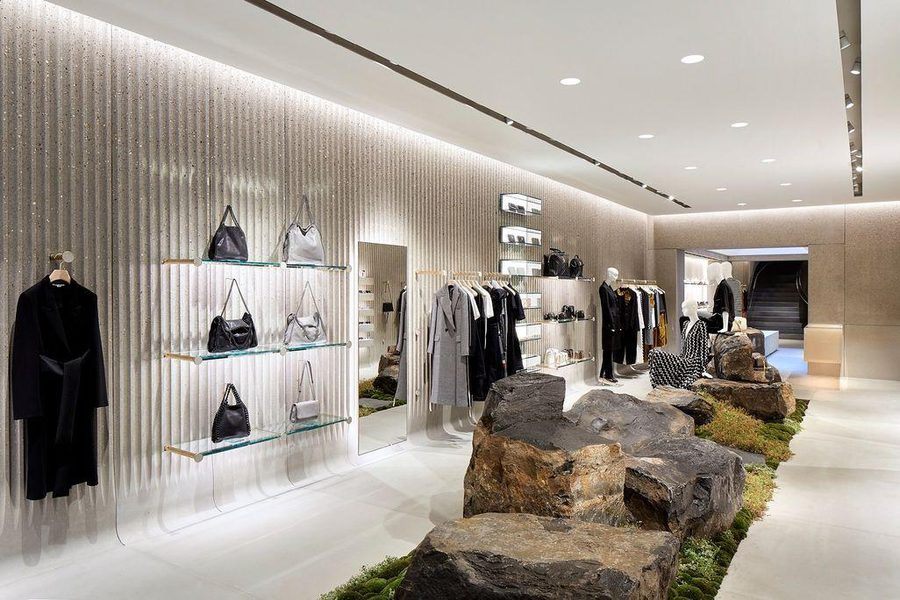
Be consistently creative
At D&P we believe a brand is not a static emblem or experience to be rolled-out and policed, but a live and evolving entity, with a character that permeates every facet of the experience.
As luxury becomes more accessible to everyone, there’s an opportunity for it also to become more expressive, less restrictive and 'refined' in a traditional sense. Although short-lived and polarising, in Raf Simons’ time at Calvin Klein he injected new found creativity and confidence into a brand where an aesthetic had come to define but also constrain its experience.

Gucci also controversially broke ranks recently with its hand-written logo for its 2020 Menswear collection - it’s loose and characterful style was in stark contrast to the corporate identity that is rigidly applied across products lines, communications and storefronts.

Define new roles, and new influence
Exemplary service will remain a constant in luxury experiences, but as the sector evolves so will staff roles, behaviours and service rituals. We will likely see a more expansive attitude to staffing, with recruitment of collaborators and contributors who share the brand’s values and bring a unique approach to activation, much like Mr Porter’s well dressed, travelled and fed Style Council. Focus will shift from sales to culture, coaching and content as customers seek out brands to help them self actualise and ‘perform’ in a brand story of their own making.
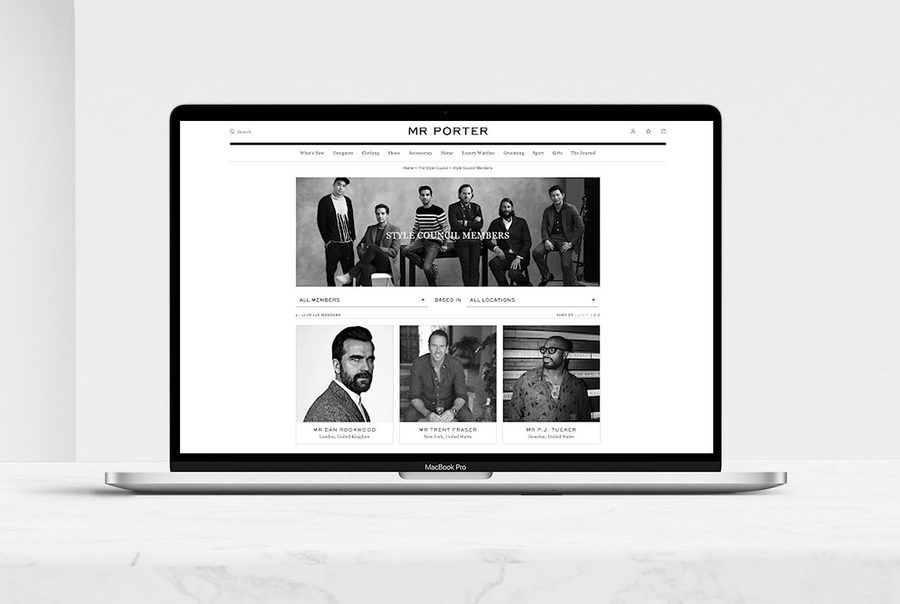
Shift from showing to doing
The days of the showroom - precious transactional spaces, rolled out across countries to follow exacting brand guidelines - are numbered. Today’s luxury consumers expect purposeful formats that feel locally relevant and invite them to take part - it’s as much about the activity they’re engaged in, as the environment in which they’re situated. We’ve seen how ‘Today at Apple’ has brought life, energy and creativity to Apple stores, capturing the creative potential of their products, and how Virgil Abloh’s new NikeLab pop-up gives back to the creative tribes from which the brand draws its inspiration, fostering future creative talent.

Tailor touchpoints to the individual
In a new era of luxury, every touchpoint is an opportunity to better understand your customer, to craft meaning and to delight and serve with a unique experience. We’ve recently worked with luxury beauty brand Molton Brown to develop a fragrance finder tool as part of a broader brand experience. Key to the process was a quiz function that sought to understand the customer’s mood, taste and lifestyle, to encourage deeper engagement with the brand and ultimately recommend a perfect product match.
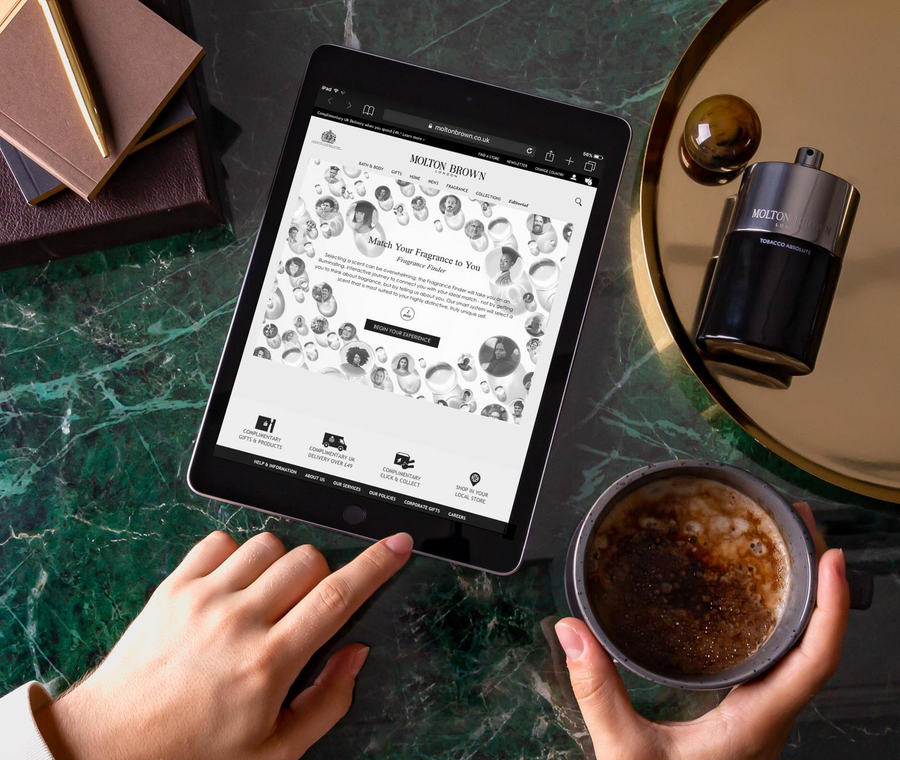
Project ‘you’.
There will always be coveted luxury goods, symbols of craftsmanship and creativity, objects that tell a story about a brand and it’s owner. However, as luxury consumer values evolve so will the products that brands sell. We’re seeing a move towards the intangible; time off-grid, access over ownership, shoppable content, services and experiences that help customers signpost themselves and their growth on their journey in life with brands. How you package and monetise is the challenge. Whether a dedicated platform such as Masterclass - offering privileged access to industry greats otherwise off-limits such as Anna Wintour and Marc Jacobs - or an extension of a core range like Aesop and their literary content channel The Ledger, what we’re seeing is a movement towards a new kind of ‘intellectual affluence’.
In summary, there are six strategies we believe will redefine a total luxury experience fit for a new era with evolving consumer needs - the most engaging brands deliver on all six:
Purpose: Deliver deeds not words
Personality: Be consistently creative
People: Define new roles and new influence
Place: Shift from showing to doing
Process: Tailor touchpoints to the individual
Product: Project ‘you’
--
Are you a luxury brand looking to reinvent or repurpose for a new era of consumer, or a brand looking to level up? If you’d like to think about your challenges differently and reframe your barriers and benefits as opportunities in order to become an engaging luxury brand, we’d love to hear from you. Please feel free to get in touch with our expert team.
Graphic by Gemma Dinham